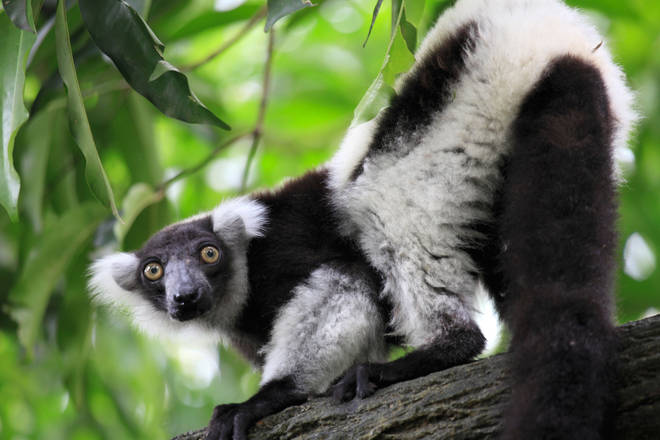Tombili was the most famous street cat in Istanbul thanks to her round physique and laid-back attitude. So when she died, locals put up a statue to make sure she was never forgotten ❤️
The famous photo of Tombili, now a meme for cat lovers everywhere is the spirit of the Aegean, not just chilling but always ready to take on the world. It was a photo of a chubby, white-bellied cat with one arm hugging the pavement as if he were imitating a man. The photo became an instant hit on social media, shared thousands of times with captions, comments and add-on images such as raki (the anise-scented traditional alcoholic beverage of Turkey) glasses, worry beads, teacups and backgammon sets.
Tombili's transformation from a neighborhood mascot to a national phenomenon was so complete that the news about the statue received coverage in all of Turkey's media outlets.
Cats are loved in Turkey, although the majority live on the streets, where residents help feed them. Cats are seen as clean animals, also helpful in decimating the rodent population in their vicinity. There are several sayings in Turkish about cats and folkloric beliefs that anyone deliberately harming a cat commits a sin that can only be repented for by paying the expense of building a mosque.


















